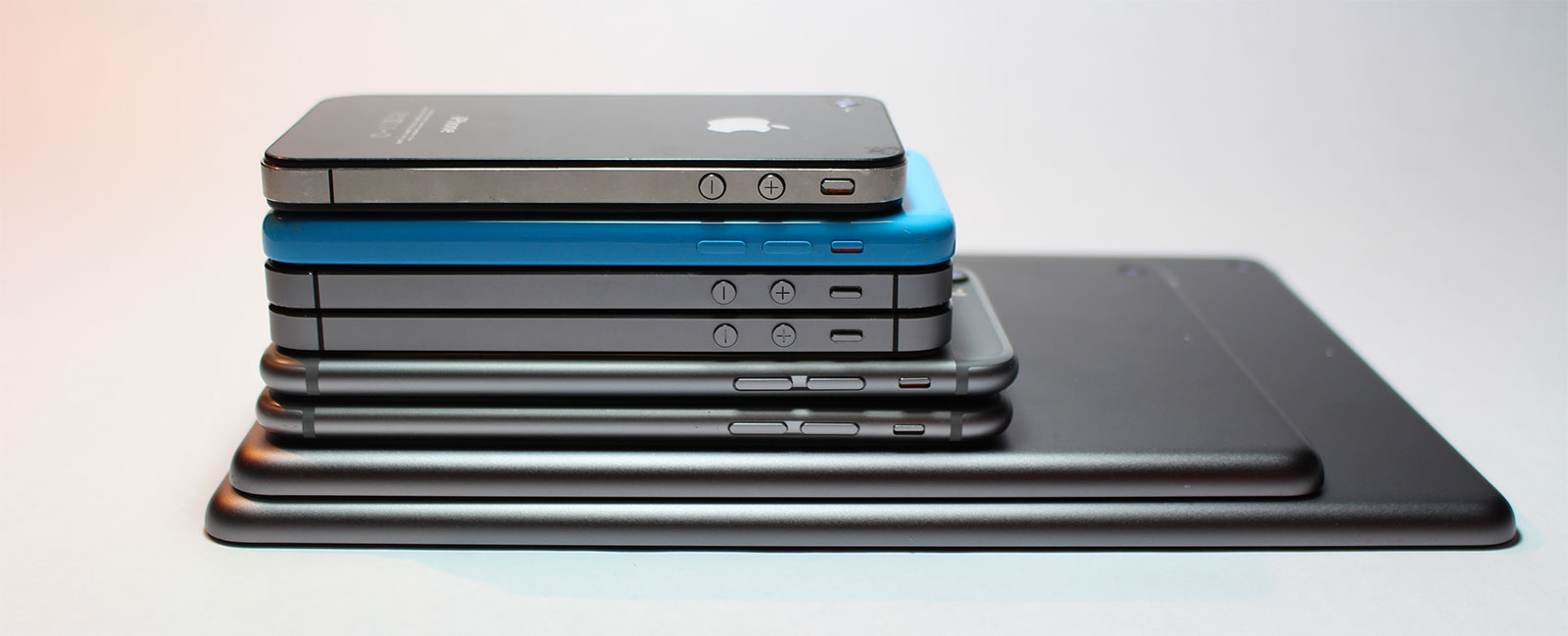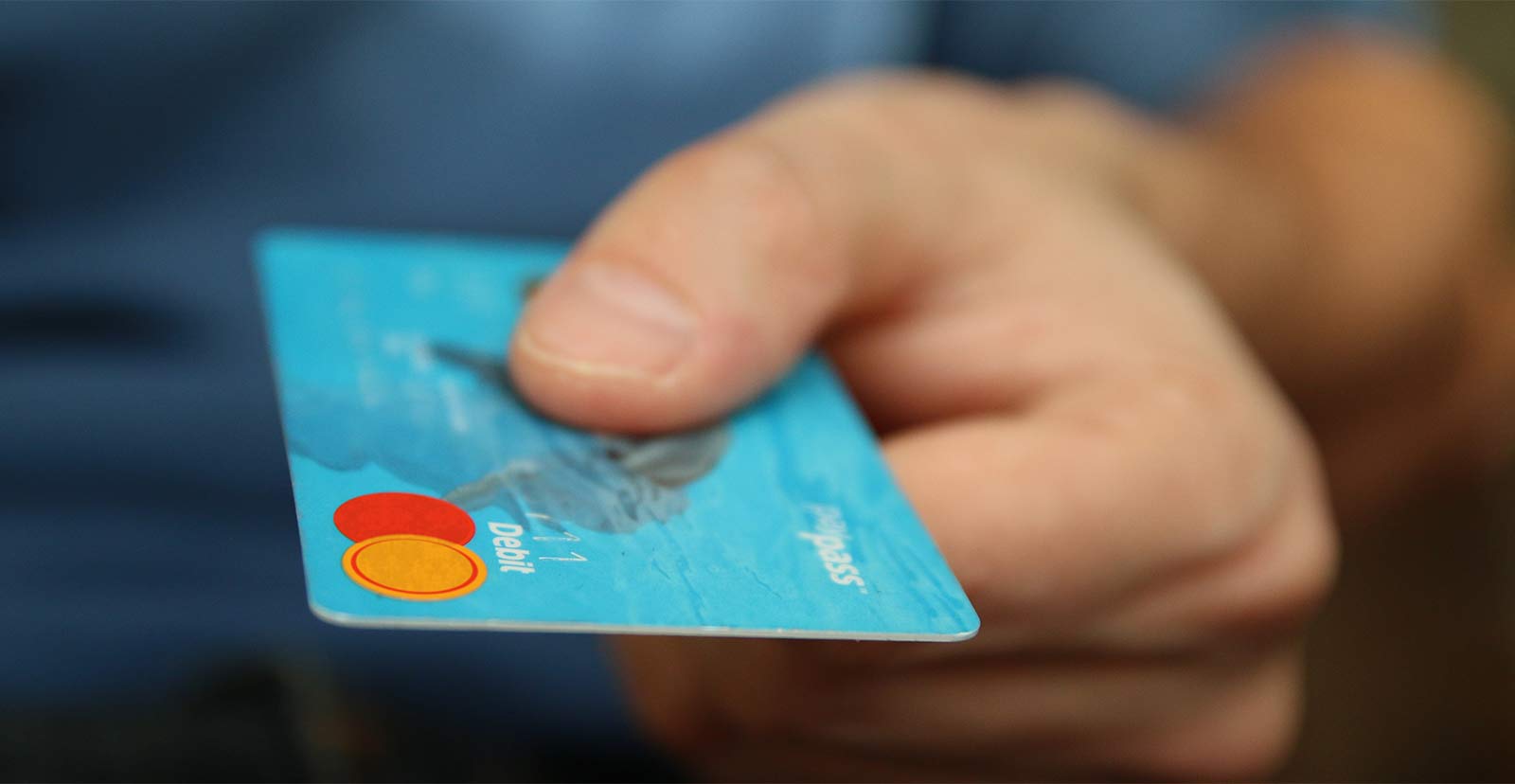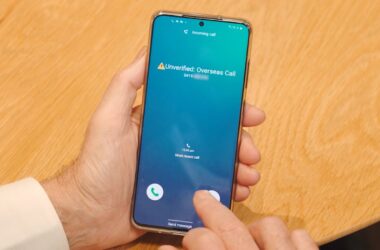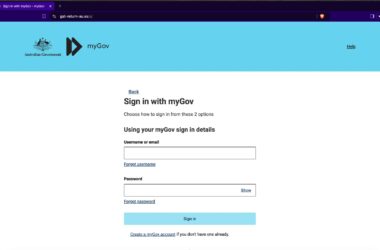Australian networks are on track to switch off 3G by the end of 2024, with at least one telco ending in 2023. Will this affect you, and what can you do to prepare?
The world of telecommunications is changing, and while that means download speeds can get faster, it also means other technologies have to be retired to improve things.
That’s certainly the case with 3G, which isn’t used as often as it once was, now that it has well and truly been replaced by 4G and 5G, the former of which has been around for over ten years, and the latter in the space of five. Both 4G and 5G offer a faster connection, boasting speeds in the tens to hundreds or thousands of megabytes per second, as opposed to 3G’s maximum download speed of around 5MB per second.
Maxing out at 42 megabits per second (which is roughly 5MB/s), 3G isn’t what you’d call “fast” by any stretch of the imagination. It’s no wonder then that the less-used 3G network is set to be retired, and its spectrum set to be used for other purposes, like improving 5G and being used for future mobile technologies.
While this means faster speeds are on the way, it will come at the expense of the 3G network, a technology some Australians still use. The numbers are much lower on 3G than on 4G and 5G, but they still exist. So how will an Australian 3G shut-off affect you, and what can you do?
When are Australian telcos switching off 3G?
Officially, Australians have until the end of 2024 before 3G is properly killed off, but they need to start thinking about moving or changing incompatible devices ASAP.
We have three carriers that deal in 3G, and they’re all killing access in various stages, starting with:
- Vodafone on December 15, 2023
- Telstra on October 28, 2024 (Previously August 31, and June before that)
- Optus on October 28, 2024 (Previously September)
Most of the devices using these networks will be phones, but that doesn’t mean it’ll be just phones. And even if you have a phone, what can you do? What can owners of 3G devices do in preparation for the disconnect of 3G in Australia?

3G phones
The most obvious area to be affected by the Australian shutdown of 3G networks and services is that of phones, simply because that’s where most of us have used 3G in our lives.
The good news, however, is that in the past decade, phones that communicated on 3G only have been fairly rare. In fact, 3G-specific phones tend to only be in a specific variety: dumb phones, also known as “feature phones”.
Feature phones typically lack smarts for web browsing or internet-based calls, and are basically just phones with light features. Expect smaller screens, low-res cameras (and typically just one on the back), and an assortment of apps that you can’t update. These are often the hallmark of the 3G dumb phone, and are a nod to yesteryear, or even right out of it.
You can’t find many new 3G phones, though. Even relatively recent feature phones like the Nokia 8110 “banana phone” are technically built for 4G, making it possible to get this style of phone without being stuck on a network set to be switched off.
Working out if you have a 3G-specific phone is therefore easier than you might expect. While every phone sold today can switch to 3G as a backup when the better networks go down, the point is they shouldn’t need to by the time a 3G network is disconnected.
However, if you’re trying to work out whether your device is 3G-only or if it can play on the more modern 4G and 5G networks, you have two easy options:
- Ask yourself whether you purchased it in the past 10 years. If you phone was bought in the space of 10 years, it probably supports both 3G and 4G.
- Alternatively, head to long-running phone archive GSMArena and search for your phone. The network technology is one of the first specs, and you’re looking for the term “LTE” which is the 4G indicator, while 5G is the note for 5G. Older technologies include 3G’s HSPA and HSDPA, while 2G is GSM.
The age of 3G phones ended about a decade ago, and many of the phones that saw 4G replace 3G as the dominant technology have also seen their support cut. These days, if a phone is older than five years, it typically won’t be supported, so if you have a phone, you probably don’t have one old enough to be stuck in the 3G network alone.
Old tablets and computers
Similarly, you’ll need to go pretty deep in the old tablet and computer archive to find devices with just a 3G modem inside. Computers rarely offer a mobile modem, and those that do typically come from the 4G era, but even tablets have a similar situation of being 4G and higher.
As an example, the first iPad with 4G was released back in 2012 in the third-gen iPad. To put it into perspective, we’re now in the 10th-gen for standard iPad models and pretty much every iPad generation now has a 5G option.
The old school 3G technology can’t be found in any supported iPad, so if you want to know whether you have one of these 3G tablets, check your cupboard or a pile set to go to e-waste, it might be there.
You probably don’t have a 3G tablet or computer, but if you do, it might be time to upgrade to something newer or rely solely on WiFi.

Medical devices
One area you may not be thinking about is a literal matter of life and death.
Specifically, it’s for medical devices, such as personal emergency response systems (PER) or fall detection alarms, to name a few.
Unfortunately, there are quite a few 3G-specific devices of these sorts around the place, some of which are still being sold (as of the time this article was published).
If you have a 3G medical device, your options are pretty slim on what you can do: either upgrade, or hope the device is unlocked and temporarily move to a provider that supports 3G. We say “temporarily” because with every Australian telco planning to shut down 3G by the end of 2024, moving to another 3G carrier would only be a temporary move at best.
Instead, consider talking to your healthcare or aged care provider or the manufacturer of the device to find your options. It will likely mean supplying a new device to accommodate the 4G technology, which depending on the carrier it uses, you may have substantially more time to do. For instance, if a fall alert gadget or life sign system relies on Telstra or Optus instead of Vodafone, you’ll have a little more time to work with.
Checking with the supplier of your device might just give you the best understanding on your next steps, particularly if those steps include being able to plan your options with a little more time. Some providers have taken proactive steps to note what device holders can do, suggesting upgrades in places.
EFTPOS terminals
Similarly, businesses will want to check whether they’re affected by the 3G shut down, because it’s entirely possible they will be.
If you’ve ever paid for a product using an EFTPOS terminal — and we all have — those typically have a mobile backup system. They’ll often rely on WiFi because it’s fast and businesses use it for their computers, but depending on the age of the terminal, the mobile backup might be a 4G modem.
But if it’s old, an EFTPOS terminal could also rely on 3G, and that will be a problem.
For the most part, EFTPOS terminals should be connected to WiFi first and foremost, but if your internet goes down, your ability to take card payments shouldn’t. Business owners will want to check with their bank and payments providers to find out whether their devices rely on 3G instead of a newer 4G or 5G connection.
In some cases, banks are actively replacing 3G devices with 4G-enabled models, such as what NAB is doing with their old EFTPOS solutions.
Alternatively, if your bank or payments provider isn’t issuing a new device free, you may want to consider using a phone for payments, such as how iPhones can take payments when used with the right payments provider.

Security cameras
One final area that could be affected by the 3G shut down in Australia is security.
While some of the modern cameras we write about include 4G SIM slots, older remote cameras may rely on a 3G SIM for live camera capture and sending images to a different location, such as a server or a cloud location.
If you have a 3G security camera, you may want to think about upgrading the technology to a 4G model to deal with the upcoming connection. Consider talking to either your security provider or the maker of your device to find out your options.
UPDATE: This story was updated on May 6, 2024 to reflect Telstra’s new 3G shut down date.
UPDATE 2: This story was updated on August 14, 2024 to reflect the new Optus and Telstra shut down dates.






